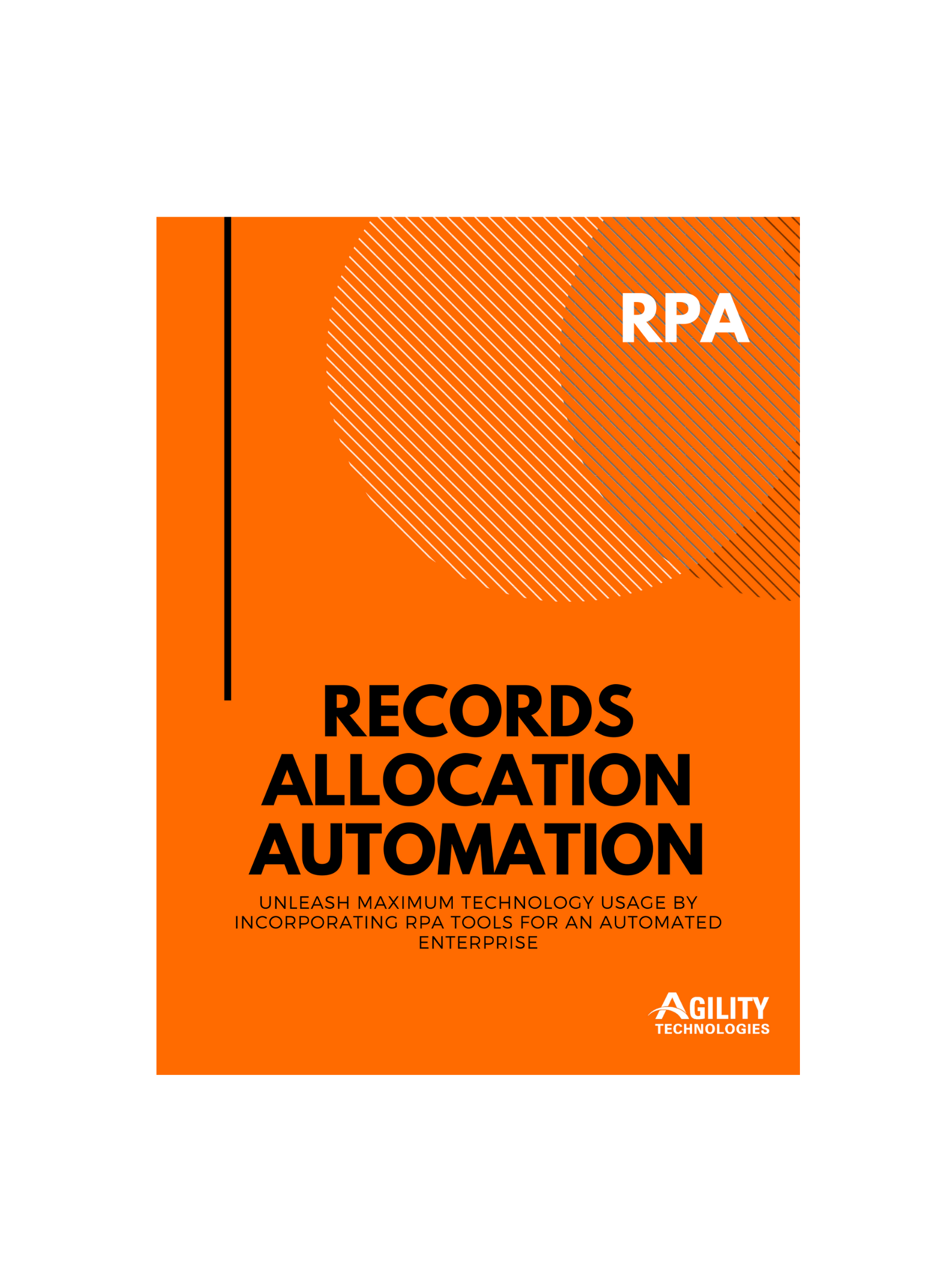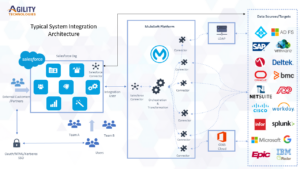RPA JOURNEY
Every journey is unique, reflecting strategic priorities; timelines are also unique, varying in accordance with process complexities, resourcing, and compliance requirements. Four stages are identified as part of every RPA evolution process:

PROOF OF CONCEPT
This first step does more than proving how RPA can boost success. It also allows the organization to decide the role it should play in the implementation model, what automation partnerships it needs and which partners to choose.

PILOT
At this point, an automated process is run into production for the first time, according to the organizations’ implementation model. This means the teams apply defined requirements, a detailed solution design, test scripts, and handover plans to the selected process.

RAMP UP
In this step, we optimize the management of the newly deployed virtual workforce, establishing best practices, qualify additional processes for automation, continuing growing the internal automation team and its expertise.

INSTITUTIONALIZE
Final step is to establish best practices for RPA as a baseline activity within the organization. Specific examples include governance board to manage the process automation pipeline demand; disaster recovery and business continuity plans.





